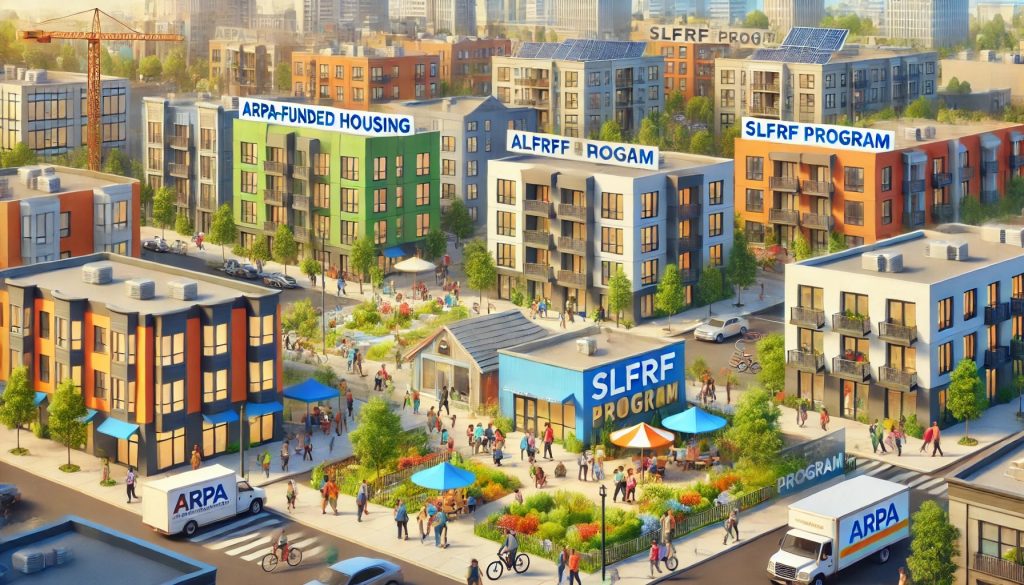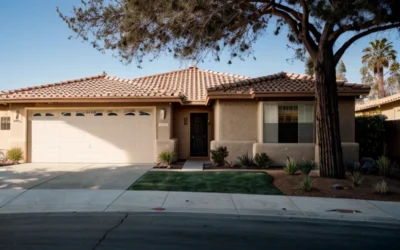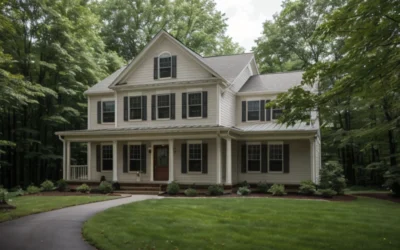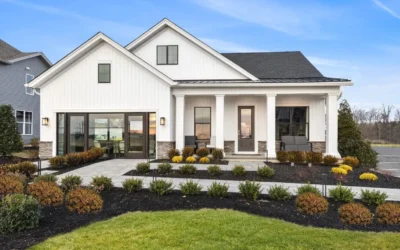New State and Local Fiscal Recovery Funds (SLFRF) Program for Homeowners
Housing affordability remains a significant concern for many American households. Although inflation has moderated, interest rates and home borrowing costs have stayed high, making homeownership unattainable for many and pushing them into an increasingly expensive rental market. Surveys frequently highlight the housing market as a major issue in an otherwise positive economic landscape. Amid these challenges, a vital but sometimes overlooked source of investment has been the Coronavirus State and Local Fiscal Recovery Funds (SLFRF) program. This program, part of the American Rescue Plan Act (ARPA), provides flexible funding to localities and states to support economic recovery, including addressing housing affordability.
A key resource in tracking these investments is the Local Government ARPA Investment Tracker, a joint project of Brookings Metro, the National League of Cities (NLC), and the National Association of Counties (NACo). Since 2021, this tracker has monitored how the largest U.S. cities and counties have utilized $65 billion in SLFRF allocations to foster an equitable economic recovery from COVID-19. The latest update includes data from 15,283 projects reported by 336 large local governments to the U.S. Department of the Treasury for activities conducted through December 31, 2023.
By the end of December 2023, large U.S. cities and counties had invested $6.7 billion in housing projects through the SLFRF program, accounting for 11% of the $58.8 billion appropriated to date. These investments focus primarily on homelessness services and affordable housing developments. In addition to these direct investments, many adjacent programs address mental health and substance abuse crises, neighborhood and downtown revitalization, and other infrastructure projects like lead pipe replacements and residential blight remediation.
For instance, Cook County, Illinois, has used SLFRF funds to support residents in affordable housing with full-time behavioral health services. This initiative aims to promote independent living and full civic participation among individuals with complex behavioral health needs. Meanwhile, Louisville, Kentucky, has implemented a downpayment assistance program for households earning less than 80% of the region’s area median income (AMI). This program provides partially forgivable, interest-free loans to moderate- and low-income residents to encourage mixed-use developments and promote homeownership and wealth-building for those who typically cannot obtain traditional home loans.
Travis County, Texas, has collaborated with local nonprofits on a “supportive housing collaborative” to build new housing units for residents and families experiencing homelessness. This initiative includes mental and physical health services, addiction support, and restorative justice services to help residents maintain stable housing long-term. At a press conference, Travis County Judge Andy Brown emphasized that while Austin faces an affordability crisis, it does not have to face a moral one as well.
Despite these substantial commitments, funding for affordable housing development has been slow to reach the intended communities. Though local governments have made progress in selecting contractors and service providers, expenditures have lagged. As of December 2023, affordable housing accounted for one-third of all dollars committed to housing projects, but only just over a fifth of expenditures made toward these projects.
In some areas, these delays are particularly notable where commitments to affordable housing development have been strongest. For example, Madison, Wisconsin, has committed 66% of its SLFRF investments to affordable housing in recognition of its regional housing crisis. However, by December 2023, the city had yet to spend any of the allocated funds. Similarly, Cumberland County, North Carolina, has seen a surge in homelessness due to evictions, yet none of its appropriated SLFRF funds for affordable housing had been spent by the end of 2023.
These delays are not necessarily a reflection of public sector commitment or capacity. Capital-intensive investments in new housing have longer time horizons than other housing-related projects, such as services for unhoused populations. Obligations for housing projects, including affordable housing, have generally kept pace with other SLFRF investment priorities. By December 2023, 68% of funding for housing projects had been obligated, compared to 70% for all SLFRF projects. Thus, these projects are at no greater risk of falling short of the Treasury’s December 2024 deadline than other SLFRF investments.
The federal government has limited direct authority over housing production, which is why the SLFRF program’s influx of federal funding to local governments is significant. This investment is comparable to the Department of Housing and Urban Development’s HOME Investment Partnerships program, one of the federal government’s largest flagship housing grants. However, affordable housing projects take time to plan, design, and construct, making them a crucial focus for local governments as they approach the SLFRF obligation deadline at the end of 2024.
Local governments also have many tools to enhance housing affordability, even without additional federal funding. They, along with their states, are responsible for zoning, building codes, and other policies that impact housing development and maintenance. Relaxing restrictions on market-rate housing development and launching new experiments to increase the supply of housing accessible to low-income renters are strategies local governments can employ to improve affordability. If localities are unwilling to make these changes, state governments can step in with their own reforms.
In summary, by effectively using federal funds and implementing local policy reforms, governments at all levels can work together to address the complex challenge of housing affordability and ensure that all residents have access to safe and affordable housing options.
For more information on the Local Government ARPA Investment Tracker and how data is collected and analyzed, you can visit the Brookings Institution’s ARPA Tracker. Additionally, details about specific housing initiatives funded by SLFRF can be found in reports by the National League of Cities and the National Association of Counties.
By leveraging the available resources and making necessary policy adjustments, local governments can make significant strides in addressing the housing affordability crisis and ensuring equitable economic recovery for all residents.






